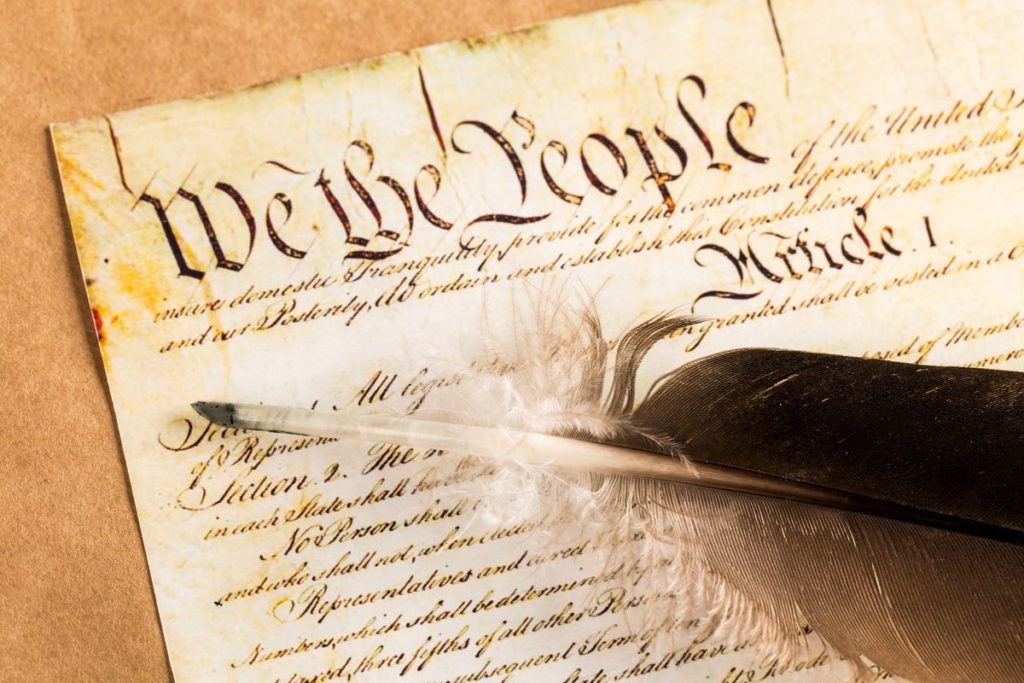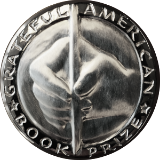February 1 — February 15, 2020
History Matters
Showing our children that their past is prelude to their future, with book recommendations

The Supreme Court was established by Article three of the Constitution, which was ratified in 1788. Six justices, a Chief Justice, and five Associate Justices — all named by the President of the United States — were to serve for life. George Washington selected John Jay to be the country’s inaugural Chief Justice, while John Rutledge of South Carolina, William Cushing of Massachusetts, John Blair of Virginia, Robert Harrison of Maryland, and James Wilson of Pennsylvania were chosen to be the Associate Justices. On February 1, 1790, the Court convened for the first time at the Royal Exchange Building in New York.
By 1869, the Bench was comprised of nine justices.
For additional reading, the Book Prize recommends Justice Sonia Sotomayor’s memoir, The Beloved World of Sonia Sotomayor.
****

On April 25, 1846, Mexican forces attacked American troops—and killed twelve–in a disputed section of land along the Rio Grande. When the Mexican army laid siege to an American fort, the U.S. declared war. Two years later, the hostilities ended, the Treaty of Guadalupe Hidalgo was signed, and the Rio Grande morphed into America’s new southern border; Texas was annexed, and for $15 million, Mexico sold Nevada, Utah, Arizona, New Mexico, Colorado, Wyoming, and California to the United States.
For further reading, The Grateful American Book Prize suggests John DiConsiglio’s The Mexican American War.
****

The 15th and 16th Amendments to the Constitution were ratified on February 3, 1870. The 15th Amendment guaranteed the right of citizens to vote regardless of race, and the 16th granted Congress the power to collect income taxes.
Reading the Constitution might hold the interest of some adolescents, but William Martin’s mystery, The Lost Constitution, is a more exciting choice.
****

Gangsters George “Bugs” Moran and “Scarface” Al Capone — a pair of notorious criminals – were in charge of 1920s Chicago. They were out to get revenge on each other—in any way possible. At one point, Moran led a six-car convoy of his thugs past Capone’s hotel headquarters in Cicero, Illinois, opened fire with Thompson submachine guns that sprayed 1,000 bullets, but failed to kill him.
On February 14, 1929, Capone and his henchmen, entered Moran’s base of operations dressed as police, lined up seven of his gunmen against a wall, and shot them. The bloody incident, which came to be known as the St. Valentine’s Massacre, is considered an important piece of crime history during the so-called Roaring Twenties.
Al Capone’s Devil Driver, by George H. Meyer, Chaplain Ray and Max Call, is an in-depth account of the Chicago gang wars.
History Matters is a biweekly feature courtesy of The Grateful American Book Prize.




